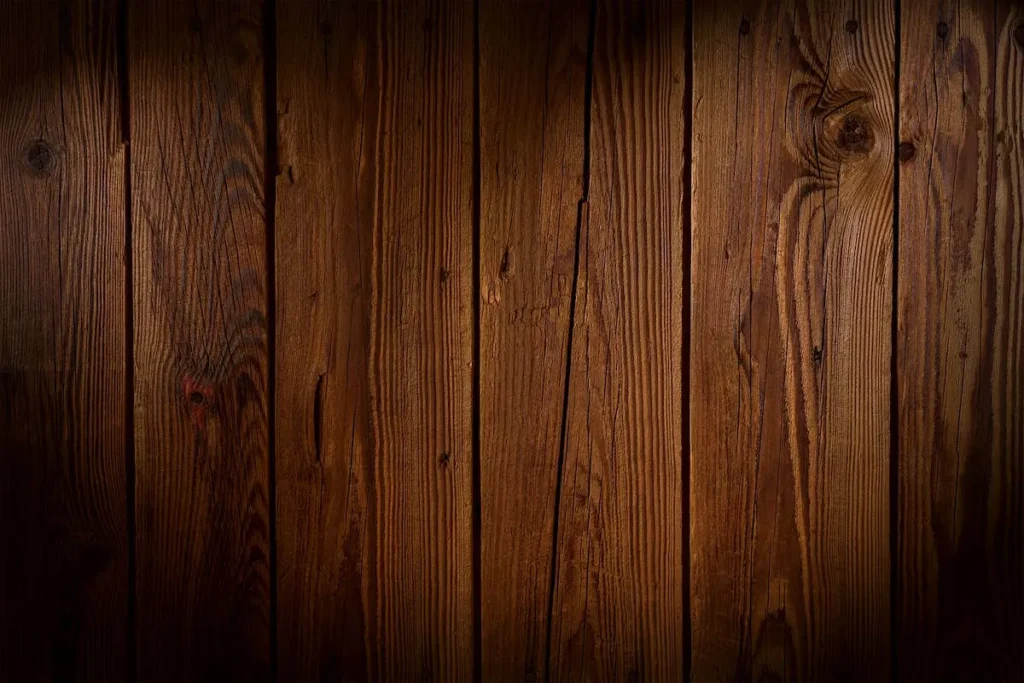paint over stained wood
Understanding stained wood
To paint over stained wood, you first need to prepare the surface by sanding it lightly with fine-grit sandpaper. This will help the paint adhere better to the wood. Next, apply a primer specifically designed for use on stained wood to ensure proper adhesion of the paint. Once the primer has dried, you can paint the wood with your desired color. Keep in mind that using high-quality paint will ensure a more durable and long-lasting finish. If the wood has been heavily stained, you may need to apply multiple coats of paint to achieve the desired look.
paint over stained wood

Preparing the wood for painting
Yes, you can paint over wood that has been stained, but it’s essential to prepare the wood properly to ensure a successful result. Here’s what you need to do before painting:
- Sand the surface: Use sandpaper to roughen up the stained wood’s surface. This will help the paint adhere better.
- Clean the wood: Remove any dust or debris from sanding by wiping the wood with a damp cloth.
- Apply a primer: Use a suitable primer to prepare the wood for the new paint. This will help the paint adhere and provide a more even finish.
By following these steps, you can prepare the stained wood for painting and achieve a professional-looking result.
Choosing the right paint for stained wood
It’s crucial to choose the right type of paint when working with stained wood. Using an oil-based primer is recommended as it will adhere better to the surface. Consider using acrylic latex paint for the topcoat as it provides good coverage and durability. Additionally, sanding the wood before painting will help the paint adhere properly. Keep in mind that the key to a successful paint job over stained wood lies in proper preparation and choosing the right materials.
Steps to paint over stained wood
Yes, you can paint over stained wood, but you need to follow a few important steps to ensure good results. Here’s how to do it:
- Prepare the wood: Sand the wood to remove the gloss from the stained surface and create a rough surface for the paint to adhere to.
- Clean the surface: Use a damp cloth to remove any dust and debris from the sanded wood.
- Apply a primer: Use a high-quality primer to enhance the adhesion of the paint and block any remaining stain from bleeding through.
- Paint the wood: Once the primer is dry, apply the paint in thin, even layers, allowing each coat to dry completely before applying the next.
Following these steps will help you achieve a smooth and durable finish when painting over stained wood.
Tips for a successful painting process
Sure, before painting over stained wood, it’s essential to follow a few steps for a successful outcome. Here are some tips:
- Clean the Surface: Thoroughly clean the stained wood surface to remove dust, dirt, and grease. This will help the paint adhere better.
- Sand the Wood: Lightly sand the wood surface to create a rough texture for better paint adhesion.
- Use a Primer: Apply a high-quality primer designed for use on stained wood. This will help the paint adhere and provide a smooth, even finish.
- Choose the Right Paint: Select a paint specifically formulated for use on wood surfaces. Consider using a paint with a built-in primer for added convenience.
- Apply Thin Coats: When painting, apply thin, even coats to avoid drips and achieve a professional-looking finish.
By following these tips, you can ensure a successful painting process over stained wood.
Common mistakes to avoid
When painting over stained wood, it’s important to avoid common mistakes to ensure a smooth and durable finish. Here are some key points to keep in mind:
- Skipping the sanding step: Before painting, make sure to sand the stained wood to create a smooth surface for the paint to adhere to. This will help prevent peeling and uneven coverage.
- Not using a primer: Using a quality primer specifically designed for stained wood is crucial for proper adhesion and long-lasting results. This step is often overlooked but is essential for a professional finish.
- Choosing the wrong paint type: Selecting the right paint for the job is crucial. Opt for a high-quality paint suitable for the type of wood and the intended use of the painted surface.
- Applying too thick of a coat: To avoid drips and uneven coverage, apply multiple thin coats of paint rather than one thick layer. This will result in a more even and professional-looking finish.
- Neglecting proper drying time: Allow ample time for the paint to dry between coats and after the final application. Rushing this step can lead to smudges, streaks, and an uneven finish.
By being mindful of these common mistakes, you can successfully paint over stained wood and achieve a beautiful and long-lasting result.
Maintaining the painted wood surface
Yes, you can paint over wood that has been stained. Here are a few tips to maintain the painted wood surface:
- Make sure the wood surface is clean and free from any dust or debris before applying the paint.
- Use a primer to ensure proper adhesion of the paint to the wood.
- Apply thin and even coats of paint to achieve a smooth and professional finish.
- After painting, consider applying a protective sealer to enhance the durability of the painted surface.
Pros and cons of painting over stained wood
Yes, you can paint over stained wood, but there are some things to consider.
- Pros:
- Painting over stained wood can give you a fresh new look and offer more color options for your space.
- It also allows you to cover up imperfections or outdated wood finishes.
- Cons:
- Stained wood can sometimes bleed through the paint, requiring additional coats for full coverage.
- It may also require more prep work such as sanding and priming to ensure the paint adheres properly.
Considerations for different types of wood
First, check the type of wood you want to paint over, as different types of wood may require different prep work. Second, ensure that the wood is properly cleaned and sanded before painting to promote good adhesion. Lastly, select the appropriate primer and paint for the specific type of stained wood to ensure the best results.

